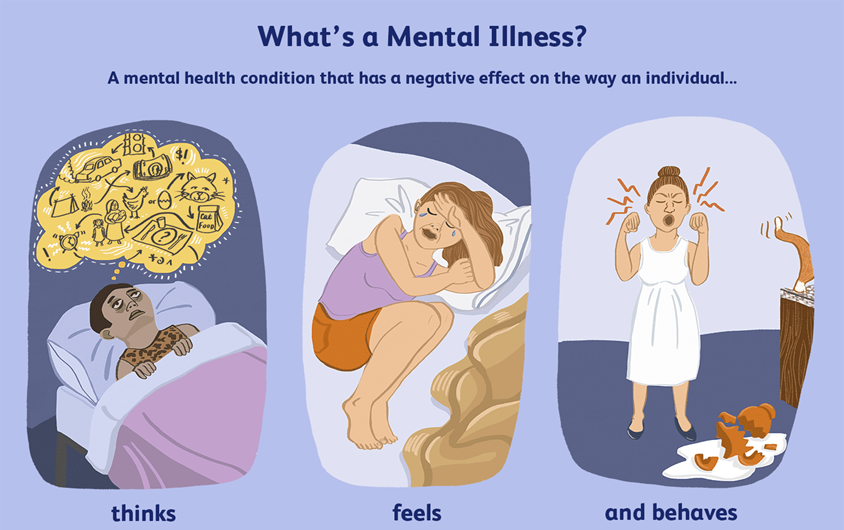A patient with a phobia asks, "What is desensitization therapy?" The best response is:
Exposing the patient to an anxiety-producing stimulus for one to two hours (flooding).
Teaching the patient to ignore or become immune to anxiety-producing situations.
A cognitive technique for replacing a worry with a positive statement.
A systematic way to replace a panic response with a relaxation response.
The Correct Answer is D
Choice A reason: This choice is incorrect. Flooding is a different technique from desensitization and involves intense and immediate exposure to the feared stimulus, which can be overwhelming and is not the gradual approach used in desensitization.
Choice B reason: This choice is incorrect. Simply teaching a patient to ignore or become immune to anxiety- producing situations does not address the underlying fear and is not a technique used in desensitization therapy.
Choice C reason: This choice is incorrect. While cognitive techniques may be part of a broader therapeutic approach, they are not the same as desensitization, which specifically involves gradual exposure combined with relaxation techniques.
Choice D reason: This is the correct choice. Desensitization therapy, also known as systematic desensitization, is a behavioral therapy technique that involves gradually exposing the patient to the feared object or situation while teaching them relaxation techniques to overcome their anxiety.
Nursing Test Bank
Naxlex Comprehensive Predictor Exams
Related Questions
Correct Answer is C
Explanation
Choice A reason: Medication is not a defining feature of all mental illnesses. While medications can be a part of treatment for many psychiatric conditions, not all mental illnesses require medication. Some may be managed with psychotherapy, lifestyle changes, or other non-pharmacological interventions.
Choice B reason: Self-awareness or acknowledgment of difficulties is not a prerequisite for a mental illness diagnosis. Many individuals may not realize they have a mental health condition, especially in cases of severe mental illness or when insight is affected.
Choice C reason: The presence of difficulties in functioning that cause significant distress or impairment is a core aspect of mental illness. These difficulties can manifest in various areas such as social, work, or family activities, and are a key factor in diagnosing mental health conditions.
Choice D reason: While physiological symptoms can accompany certain mental health conditions, they are not a defining feature of all mental illnesses. Mental illness primarily involves significant changes in thinking, emotion, and/or behavior.

Correct Answer is B
Explanation
Choice A reason: This choice is incorrect because depressive symptoms alone do not indicate bipolar disorder, which is characterized by episodes of mania and depression.
Choice B reason: This is the correct choice. Major depressive disorder is characterized by depressive episodes without the occurrence of mania.
Choice C reason: This choice is incorrect. Depression can be a recurring disorder and is not typically a one-time incident.
Choice D reason: This choice is incorrect. Hypomania is associated with bipolar disorder, not major depressive disorder.
Whether you are a student looking to ace your exams or a practicing nurse seeking to enhance your expertise , our nursing education contents will empower you with the confidence and competence to make a difference in the lives of patients and become a respected leader in the healthcare field.
Visit Naxlex, invest in your future and unlock endless possibilities with our unparalleled nursing education contents today
Report Wrong Answer on the Current Question
Do you disagree with the answer? If yes, what is your expected answer? Explain.
Kindly be descriptive with the issue you are facing.
